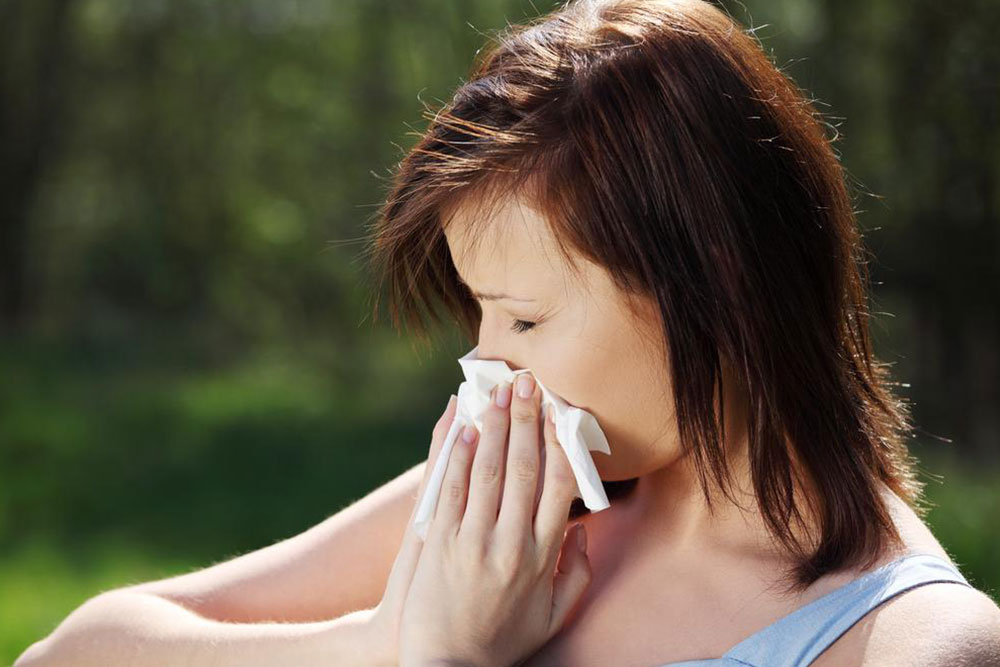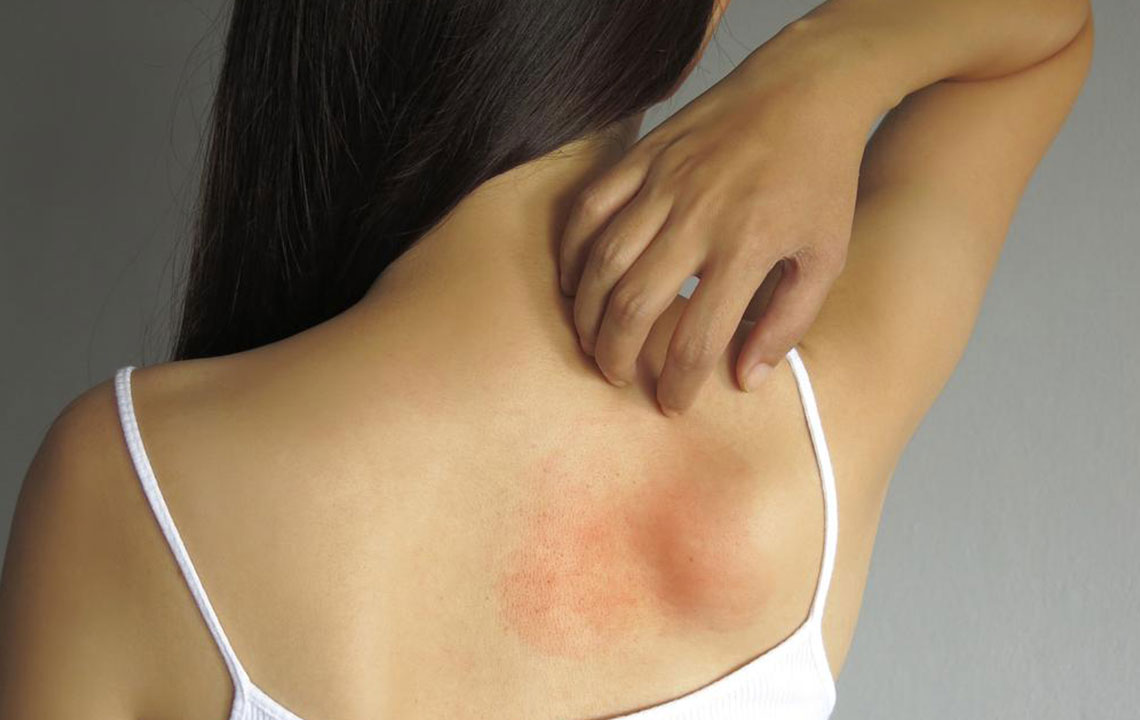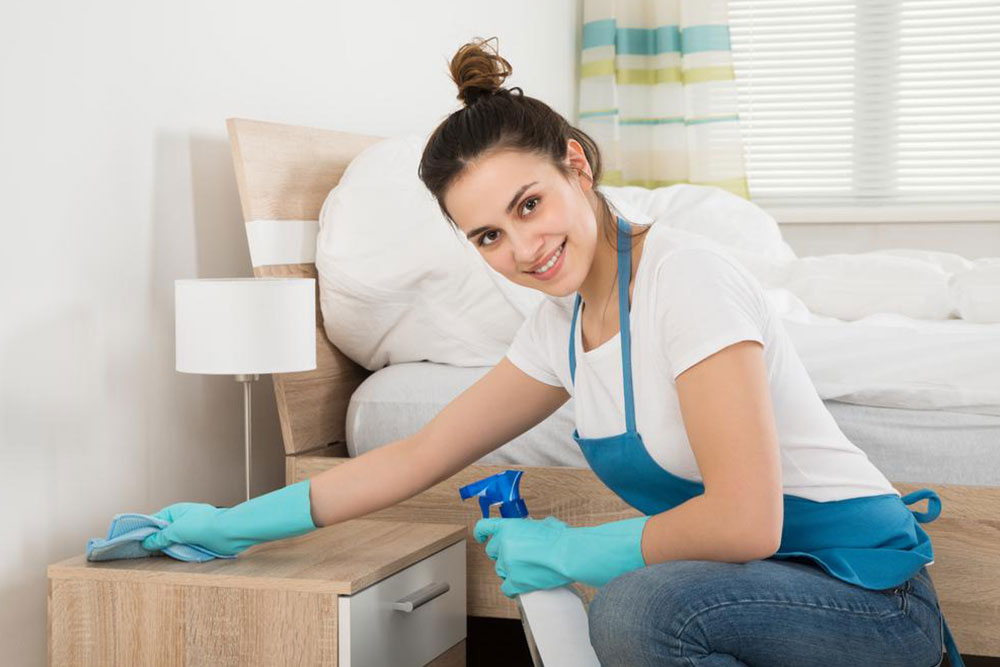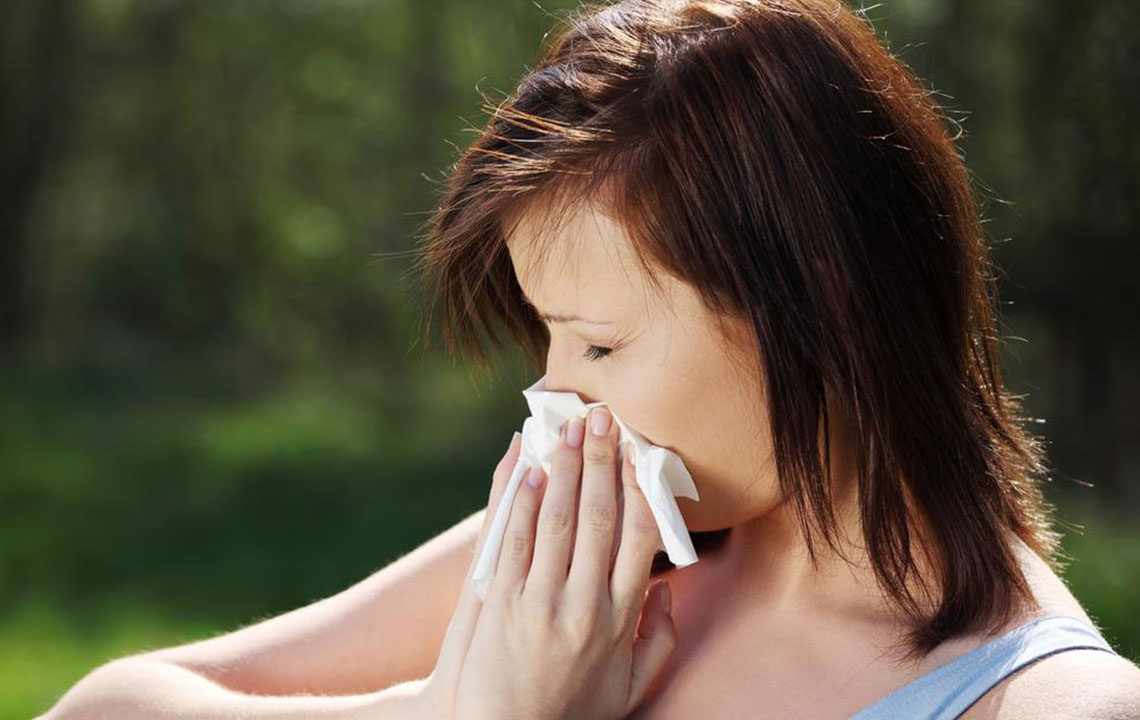Comprehensive Guide to Managing and Preventing Mold Allergies Effectively
This comprehensive guide offers effective strategies for managing and preventing mold allergies. It covers indoor and outdoor precautions, including mold control, proper ventilation, protective gear, and quick response to water leaks. Implementing these tips can greatly reduce mold exposure, alleviate allergy symptoms, and promote healthier living environments for sensitive individuals.

Comprehensive Strategies for Managing and Preventing Mold Allergies
Mold allergies are a prevalent concern for many individuals, particularly those with sensitive respiratory systems. While it’s important to recognize that completely eradicating mold allergies may not be feasible, adopting a strategic approach can significantly reduce symptoms and improve quality of life. Mold is a common indoor and outdoor pollutant that thrives in damp, humid environments such as basements, bathrooms, kitchens, and outdoor areas like leaf piles and decaying wood. Understanding where mold grows and how to control exposure is essential for anyone suffering from mold sensitivity or allergy.
Understanding Mold and Its Impact
Mold spores are microscopic particles that become airborne and can easily be inhaled, leading to allergic reactions in sensitive individuals. These reactions may include sneezing, nasal congestion, itchy eyes, coughing, bronchitis, and even asthma exacerbation. The presence of mold can also contribute to other health issues, particularly for immunocompromised individuals or those with pre-existing respiratory conditions. Therefore, managing the environment to prevent mold growth is a crucial step for allergy sufferers.
Minimize Exposure through Lifestyle Adjustments
Certain occupations and outdoor activities increase the risk of mold exposure. Farming, greenhouse work, floral shops, antiques stores, and construction sites are common environments where mold spores are prevalent. If you have a known mold allergy, it is advisable to limit time spent in these environments or take protective measures. When unavoidable, wearing protective gear such as masks and gloves can significantly reduce inhalation of spores. Additionally, prioritizing indoor environments that are well-maintained and free from excessive dampness can help mitigate symptoms.
Protect Yourself in High-Risk Areas
When working outdoors or in damp environments, always wear an N95 or HEPA mask to prevent inhaling airborne mold spores. Carry allergy medications as prescribed by your healthcare provider to provide immediate relief. Post-exposure, showering and changing clothes can help remove spores from your skin and clothing, reducing the chances of them settling in your home or on your body.
Indoor Mold Prevention Strategies
Controlling moisture inside your home is one of the most effective ways to prevent mold growth. Aim to keep indoor humidity levels below 60%, ideally around 35-45%, as higher humidity encourages mold proliferation. Use air conditioners, dehumidifiers, and moisture meters to maintain optimal indoor air quality. Proper ventilation is crucial in areas prone to moisture, such as bathrooms and kitchens. Exhaust fans should be used consistently, and ensure that these areas are cleaned regularly to prevent mold accumulation.
Maintaining Cleanliness to Combat Mold
Regular cleaning, especially in moist environments, is essential. Use mold-killing cleaning agents on bathroom tiles, sinks, and kitchen counters. Keep trash bags sealed and check for mold in hidden spots such as under sinks, around door seals, and in window frames. Removing damp materials like towels and shower curtains regularly can reduce mold spores in the environment.
Air Filtration Systems for Better Indoor Air Quality
If your HVAC system is equipped with HEPA filters, it can trap airborne mold spores efficiently. Changing filters regularly and scheduling professional duct cleaning can improve air quality significantly. Cleaning drip pans, drainage lines, and dryer vents helps prevent mold buildup in the system, further reducing indoor mold spore counts.
Quick Response to Water Leaks and Spills
Addressing water issues promptly is vital in mold prevention. Wipe up spills immediately, dry wet carpets or floors, and repair leaks in pipes, roofs, or windows quickly. Gutter maintenance to facilitate proper drainage prevents water from seeping into walls and ceilings, reducing the environment conducive to mold growth. These small yet consistent efforts can make a substantial difference in controlling mold levels in your environment.
In conclusion, managing mold allergies primarily revolves around environmental control and protective practices. A combination of reducing indoor humidity, improving ventilation, ensuring regular cleaning, and wearing protective equipment during outdoor activities can notably diminish the impact of mold spores. If symptoms persist despite these measures, consulting a healthcare professional for specific allergy management strategies and medications is recommended. Implementing these comprehensive steps can help those sensitive to mold lead healthier, more comfortable lives while minimizing allergy symptoms and respiratory issues.





